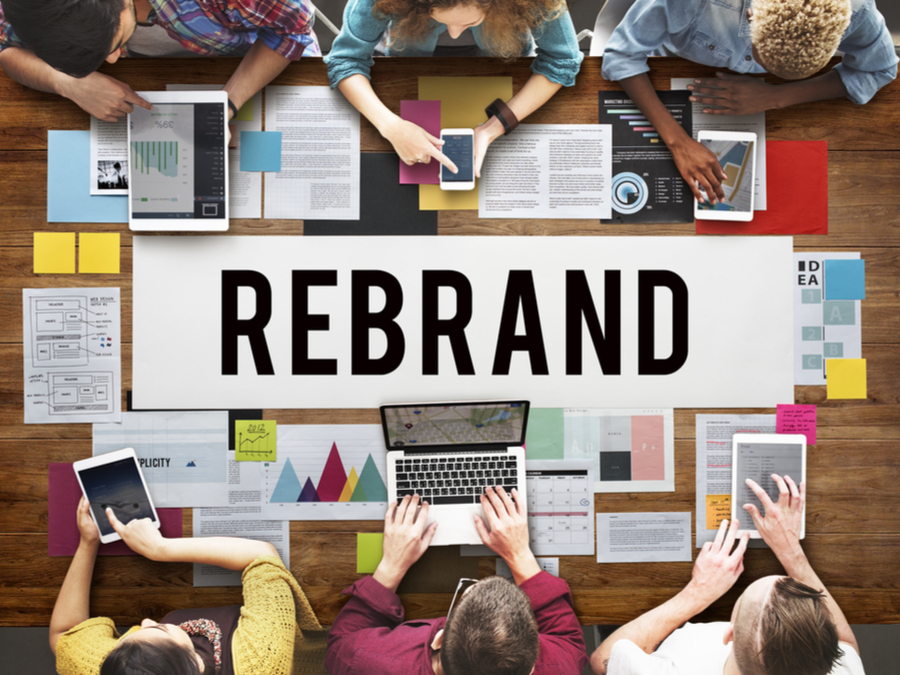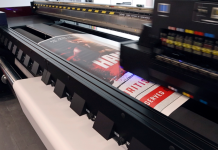Rebranding your business is about more than writing a new mission statement. It’s redesigning your logo, changing your colours, picking a different font and reflecting this in your promotional assets.
We’ve teamed up with two branding experts to provide you with the actionable steps to create a new visual identity for your company.
Radim Malinic is an award-winning freelance creative director and graphic designer, based in London. He’ll be offering tips alongside Phil Cleaver, Professor in Creative Industries at the School of Art and Design at Middlesex University.
Who are you?
Before you do anything, define who you are as a business. This is essential to the rebranding process, as it informs the image you want to put across to your customers.
All businesses are customer-centric, aiming to give value for money and provide a useful product or service. But to make your rebranding personal to your company, ask yourself a few questions:
Who are your audience?
Your client base and target audience are the lifeblood of your business. It makes sense to keep them in mind when rebranding, as they’re primarily why you’re doing it.
Ask yourself what they would be most receptive to and appreciate from your brand revamp.
Phil believes elements such as logos are crucial in the effectiveness of a company’s branding: “The symbol must perform successfully against a set of listed qualities to gain them the audience they need,” he says.
What is your industry?
Certain branding elements suit certain industries. To differentiate yourself from other operators within your market, look at what they’re doing with their branding first.
Radim explains: “There’s weekly news of brand refreshes from the top companies, as they do all they can to stay relevant.”
Be aware of your industry standards for branding and try to cultivate your own personality to set you apart.
How do you want your brand to be portrayed?
Consider how you want your brand to look. What emotions do you want people to feel when they engage with you: Trust? Reliability? Innovation?
Your rebrand should reflect your deepest ideals and beliefs as an organisation. Phil uses the example of when political parties rebrand in order to alter people’s perceptions of them. He suggests: “Investing in a design that can last many years is, first and foremost, a true visual expression of their ideas and beliefs.”
What do you offer?
Identify and analyse your USPs and use your branding to show what makes you stand out from your competitors. Phil explains: “In a crowded marketplace of brands, people place high value on perceived authenticity. “The design of a brand is a thoughtful process that should present your projected qualities in an accessible visual form.”
What are you good at?
Is your customer service second to none? How about your product? Do you fulfil your customers’ needs every time?
Portraying your strengths in your branding reinforces your positive attributes in your customers’ minds. Radim urges you to take a lesson from emerging businesses: “Many new successful startups are design-led – they all put their DNA on show,” he explains.
Putting it into practice
Phil and Radim offer expert advice on specific areas of a rebrand: logo, brand colours and typography.
Logo
“Nothing feels as distinct as a well-designed symbol and this is a fact many brands are realising,” says Phil.
Simplicity is often key. A prime example is Mastercard’s recent rebrand. The company has removed all wording from its logo to leave the two intersecting circles.
“When a brand has a mark that so successfully represents them… no further context is needed”.
Brand colours
“Introducing colour harmonies and upping the vibrancy of colour means you can gain uplift in energy and appeal,” says Radim.
Business rebrands are all about reinvigorating a company and revitalising interest in it. Selecting the right colours can help.
“Be bold, bright, direct, friendly and engaging,” adds Radim.
Typography
“Much like the symbol, the typeface should be… assessed against the projected qualities of the brand.”
Phil suggests that when rebranding, select your typography according to how you want your company image to be reflected.
“Visual identities in more recent years have relied heavily on the typography to carry their brand,” Phil adds.
Once your rebrand is underway, Solopress can help with the visual assets you’ll need – from business cards to letterheads.




